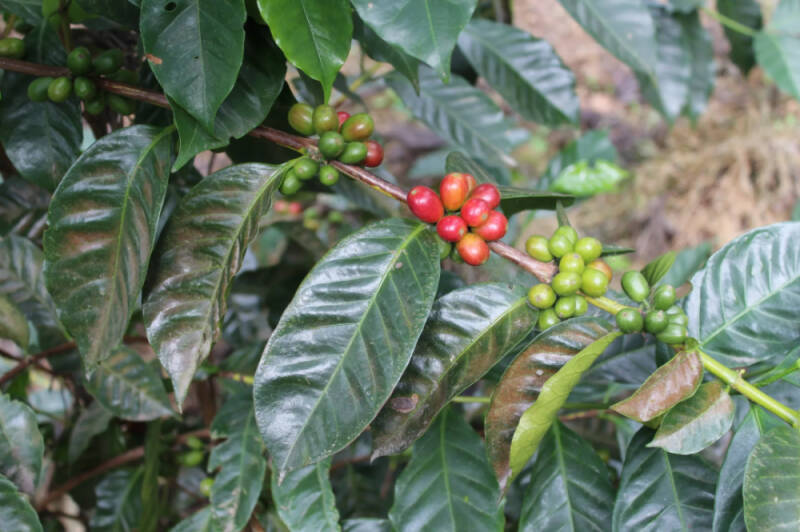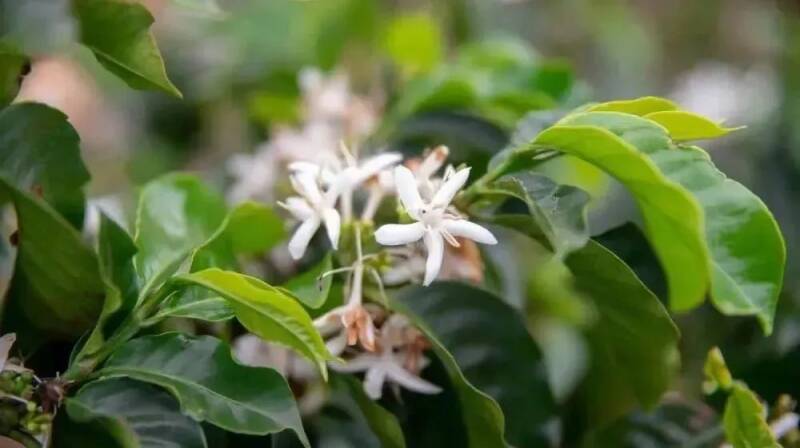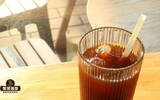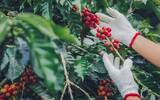Rare Coffee varieties: Xi Zao, Eugene Niodes, Wush Wush, Laurina
Coffee can be divided into three categories: Arabica (Arabica), Robusta (Robusta) and Liberia (Liberica). At present, Arabica and Robusta are the most common coffee trees for commercial cultivation. With the development of coffee industry, coffee varieties have been bred through continuous transplantation, mutation and mating. In addition to some common varieties, Bourbon, Typica, Kaddura, Gesha and so on. In addition to the common varieties, there are also some relatively rare varieties.

In 2004, the Jade Manor made the rose varieties famous by taking part in the best Panama (BOP) competitions and auctions, with unusually high cup test scores and a price of 21 US dollars per pound. Therefore, many baristas and coffee professionals will choose the rose summer variety to participate in the professional coffee competition. But in recent years, the popularity of Rosa varieties in the competition has declined significantly, and contestants will choose more unique and rare varieties. Such as Wush Wush, Sidra, Eugene Niodes Eugenioides, Laurina and so on.
Eugene Odes Eugenioides used Eugenioides at the 2021 Coffee Championships, both world champion Diego and world brewing champion Matt. Eugenioides and other places of origin are deep in the mountains of coffee-producing countries in East Africa, also known as the origin of Arabica. Its variety of caffeine is only half that of Arabica, with a unique flavor, high sweetness and almost no citric acid. But the physique is very weak, the fruit is small, the fruit hanging rate of branches is low, and the fruit is easy to fall. Therefore, under the current conditions of abnormal climate change and worsening pests and diseases, we are unwilling to plant this low-yield and energy-consuming variety, so this variety is only planted as a rare variety or as an experiment.

Wush Wush, also known as "belly navel", was first found in a forest in the Kaffa area, while some villages near kaffa grow Wush Wush coffee, which is also named after the village. Around 2002, Jimma Agricultural Research Center (JARC) examined the anthrax resistant varieties selected in Wush Wush area, and continued to cultivate and purify them, and found that they had excellent flavor while anti-virus. In 2006, JARC officially released the purified variety of WushWush. Today's Wush Wush coffee varieties have undergone localized adaptation and changes due to conditional differences in microclimate, soil, nutrition and other conditions on farms across Colombia.
Hizzaw sidra became famous at the 2019 and 2022 World Barista Championships (WBC), when both contestants used Xizhao coffee beans and won the championship that year. The claw was produced by cross between iron card and red bourbon, but through genetic test, it was found that the sample was genetically similar to the Ethiopian native species, so it had floral and fruity characteristics. The claw needs to grow in a shady environment and needs to be planted at high elevations. It has a high yield and is resistant to pests and leaf rust, but is extremely vulnerable to coffee berry disease. This variety is mainly produced in South America and grown mainly in Ecuador and Colombia. There are coffee beans from the Colombian demarcation estate on the front street. Using the treatment of double anaerobic solarization, after cooking with the ratio of gouache powder in V60, passion fruit and citrus, it has a slightly fermented feeling and a round taste.
LaurinaLauirina, also known as "pointed Bourbon", was first discovered on the island of Reunion in the Indian Ocean. In 2018, contestant Emi used anaerobic fermented Laurina to participate in the World Cooking Competition, which brought this variety to the attention. It is popular because of its ideal flavor and low caffeine content. But the variety is difficult to grow on a large scale. Although it can resist drought conditions and is good for survival, it contains less caffeine, which is a natural insect repellent. And the growth rate is much lower than that of other Arabica varieties. Currently, the Brazilian Institute of Agricultural Research in Campinas (IAC) is studying and planting this variety.
Important Notice :
前街咖啡 FrontStreet Coffee has moved to new addredd:
FrontStreet Coffee Address: 315,Donghua East Road,GuangZhou
Tel:020 38364473
- Prev

What do you drink iced American coffee without water? How to make espresso with ice? What is the flavor performance?
If you think about it, the playability of espresso is not too high. American coffee alone has many different ways to drink it. Traditional American coffee making is a simple step such as direct concentration and adding water, but due to the different needs of everyone, the requirements for American coffee are naturally different. therefore
- Next

ACDI/VOCA and WCR cooperate to fund a project to legally introduce Arabica varieties to the Philippines for the first time.
Recently, the United States Department of Agriculture (USDA) funded the conclusion of the five-year Philippine Coffee Progress and Agricultural Enterprise (PhilCAFE) project funded by the International Bureau of Agricultural Cooperative Development (ACDI/VOCA) and the World Coffee Research (WCE). The project is designed to improve production and quality,
Related
- What is the standard process for the purpose of coffee cup testing? What is the difference between hand-brewed coffee and cup testing?
- How to use hand-brewed coffee paragon small golden balls? How does cold coffee lock in the aroma of coffee?
- Is American coffee black? What is the difference between American coffee and drip coffee?
- Unexpected! Well-known tea beverage brand Lele Tea will withdraw from the Zhengzhou market!
- Starbucks enters the fashion and beauty industry?! Netizen: Give me an ice American eye cream
- Why can American refills for free? The difference between Americano and American drip pot coffee
- Being chased out of the rain in front of Starbucks?! Store: Sheltering from rain under umbrellas poses a safety hazard
- The white moonlight has changed?! Lucky launches "Big Winter Pear American"
- Hand-brewed coffee three-stage method, high-sweet and universal brewing method to share! What does the high sweet water level of hand-brewed coffee mean?
- What is the difference between raw, refined and full espresso coffee? How to extract espresso and taste good?

